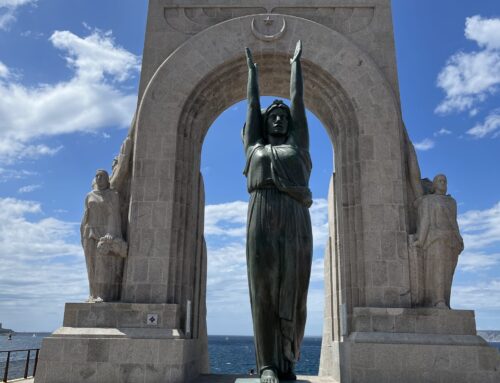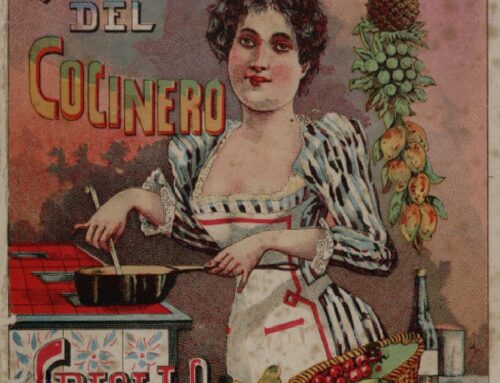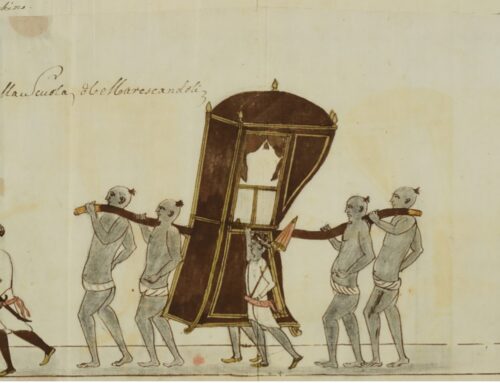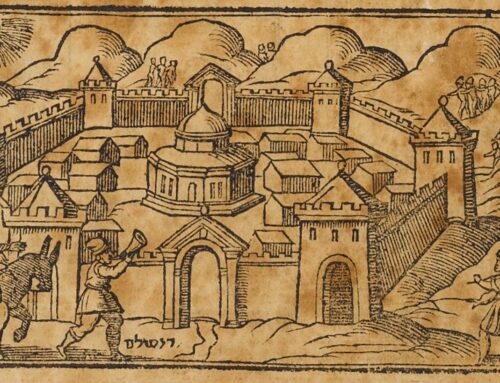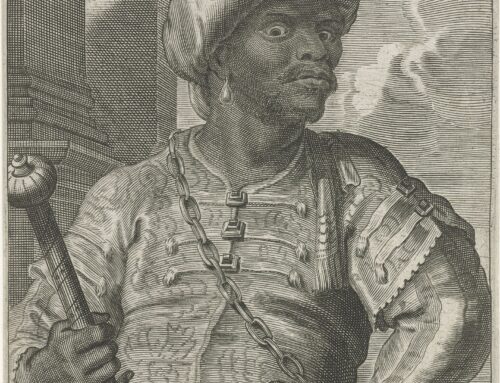From 1550, Ulisse Aldrovandi, one of the most important scholars of Bologna, began to collect the objects that would be the founding nucleus of his museum, in particular dried fish and natural objects. The growth of his collection went hand in hand with his scientific and teaching experiences (when he began to teach botany and mineralogy, the section of the herbarium took shape) and with his growing contacts with many scholars in Europe. This allowed him to receive substantial donations of objects, but also to become a reference point for every early-Baroque private collectors of antiquities and curiosities.
His museum was hosted in his house in Via del Vivaro in Bologna, where the objects were arranged in four rooms contiguous to the library, in which were kept books, manuscripts and drawings. The collection was a visual appendix to the library, and proved extremely varied, in order to give an effect of simultaneous evocation of natural heritage (naturalia) and the intelligence of men (artificialia) through the centuries. There was a very wide typological, diachronic and geographical discrepancy and, following the typically Baroque incrustation setting, the objects were arranged over the entire extension of the walls, including the ceiling, in response to a sort of strong horror vacui.
The museum was incredibly well known in Europe and attracted many local and foreign visitors. At the beginning of the 17th century the young Giovanni Francesco Abela, son of an important Maltese family and soon-to-be Vice-chancellor of the Order of Malta, was studying at the University of in Bologna. Abela obtained the title of Doctor in Law in December 1606. At this time, Aldrovandi’s collection in via del Vivaro was still open to illustrious visitors or simply to curious, educated people, among which it is conceivable to count Abela. His presence in Bologna led him to directly learn of the most important Baroque collection of Europe.
After his Doctorate, Abela had the opportunity to travel in Europe (Spain, France and Italy), as secretary of the Embassy of the Order of Malta in Rome, following the ambassadors of Pope Clement VIII. In this juncture of his life, he became friends with many European writers and intellectuals, with whom he maintained erudite epistolary relationships for many years.
From his French stay in 1616, Abela started a long-lasting friendship with Nicolas Claude Fabri de Peiresc, who was in France, the first Baroque scholar who brought the Renaissance tradition to the new scientific methods and one of the first private collectors of science and antiquities. He in fact settled a museum cabinet in the family home of Aix-en-Provence and an acclimatization garden in his country house in Belgentier. Peiresc’s relationships with intellectuals and researchers from all Europe were extensive and the main correspondent for the Maltese area was, therefore, Giovanni Francesco Abela, who knew the scientific stature of the Frenchman and, thus, got inspired by his incredible collection.
Until 1625, Abela visited Rome more than once. There, he developed a good knowledge of roman catacombs and of Antonio Bosio, who had already distinguished himself for many years for his studies and his explorations of the Christian cemeteries of Rome.
During these times, Abela got to know the Bosio collection. Starting from the early-17th century, Antonio, while writing his archaeological masterpiece Roma Sotterranea, structured his own collection of art and antiquities between his main house in Via Condotti and his suburban villa on Monte Parioli, right above the catacomb of San Valentino. The double localisation, quite common in Roman panorama, was enriched by a typically Baroque eclecticism of objects (many archaeological finds -both pagan and Christian-, numerous paintings, curious material from exotic lands, archival and library pieces, polychrome peperino statues, ancient golden glasses).
Abela came back in Malta when he became Vice-chancellor of the Order in 1626. He treasured his European experiences and the museological concepts that he had seen during his travels and brought to Malta the museological trend of creating villas outside the main city to host a Baroque collection. In this sense, when he retired from public life in 1640 (in order to dedicate himself to historical research and to the writing of his Della Descrittione di Malta Isola nel Mare Siciliano con le sue antichità, ed altre notizie), he structured his Casino di San Giacomo near the Christian cemetery of Marsa and near the Grand Harbour outside Valletta as his own private museum.
The European cultural influences that shaped Abela’s ideas in his youth and the Casino di San Giacomo in Marsa are the absolute starting point of Maltese collecting. The site can be seen as the first “museum” of the whole island, that became the reference point for all the erudite and creative elite of Malta.
The appearance of Abela collection was that of a 17th-century private one. First, the eclectic nature of the objects varied from antique pieces to the naturalistic objects, from strange curiosities to Egyptian finds, from paintings to antique furniture, from archival-books to precious decorations. Second, the arrangement was according to dedicated rooms, on the walls, in drawers, indoors and outdoors in the garden.
If his collection had the purpose of pleasure and erudite satisfaction for Abela and a medium-high Maltese social class, there was also a clear vocation to illustrate the literary works and research through the pieces collected, which was something that Aldrovandi, Peiresc, Bosio, and many other European scholars had been doing at the beginning of the 17th century. The concept of source that guides Abela’s research for his book came from his European contacts: in many passages of his Descrittione, after many long and punctual quotes from various literary sources, Abela admits that no written source can be preferred to the ancient objects and remains hosted in his collection, that have to be used as faithful historical proofs. This sentence summarizes Abela’s approach to collected objects, learnt from the great scholars of the European tradition.
Short Bio
Chiara Cecalupo holds a PhD in Christian Archaeology and is external collaborator of Italian ISPC-CNR. Her research focuses on history of archaeology and history of collections in Italy and Europe, with a special attention on Christian antiquities in Rome.



